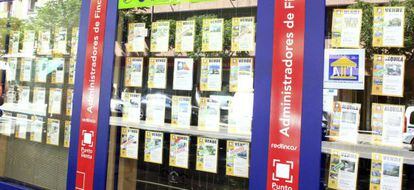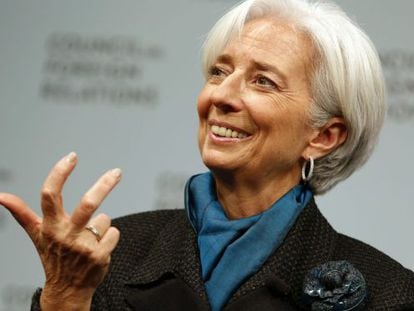ECB will buy 10% of Spain’s public debt
Asset-purchase program likely to help homeowners, tourism and exports


The European Central Bank (ECB)’s plans to inject liquidity into the euro zone includes the purchase of around €100 billion of Spanish government bonds between now and September 2016.
In the end, 10% of Spain’s public debt – which stands at over one trillion euros – will be in the hands of the ECB.
Spanish government bond yields fell to 1.4% on Thursday following the news. The 10-year bond yield had already dropped from 2% to 1.5% in the fall, when rumors about the ECB’s upcoming move began to circulate. By comparison, in the summer of 2012 investors were asking for 7.5% interest on maturity.
The asset-buying program will also help homeowners with their mortgage payments with the Euribor rate expected to drop further from this week’s 0.28% as a result of lenders’ increased liquidity. With a home ownership rate of nearly 80% and close to 90% of mortgages set at variable rates that depend on the Euribor, Spain stands to gain more than any other eurozone country from this reduction.

ECB President Mario Draghi’s announcement also had an effect on exchange rates, with the euro depreciating against the dollar to $1.14 compared with $1.40 in the summer. The lower rate benefits both tourism, Spain’s great engine of economic growth, and exports, another lifesaver during the protracted crisis. Tourism represents 12% of all jobs in Spain.
Ultimately, the ECB hopes that by flooding the markets with money, banks will channel the liquidity to the real economy through increased lending to businesses and households, leading to greater economic activity and more jobs.
The Spanish property crash of 2008 led to a credit crunch when banks, which had been overexposed to real estate risk, began crumbling under the weight of bad loans while borrowing costs in the money markets soared. The lack of lending has been partly blamed for the sluggish economy, which is just now emerging from a seven-year slump.











































